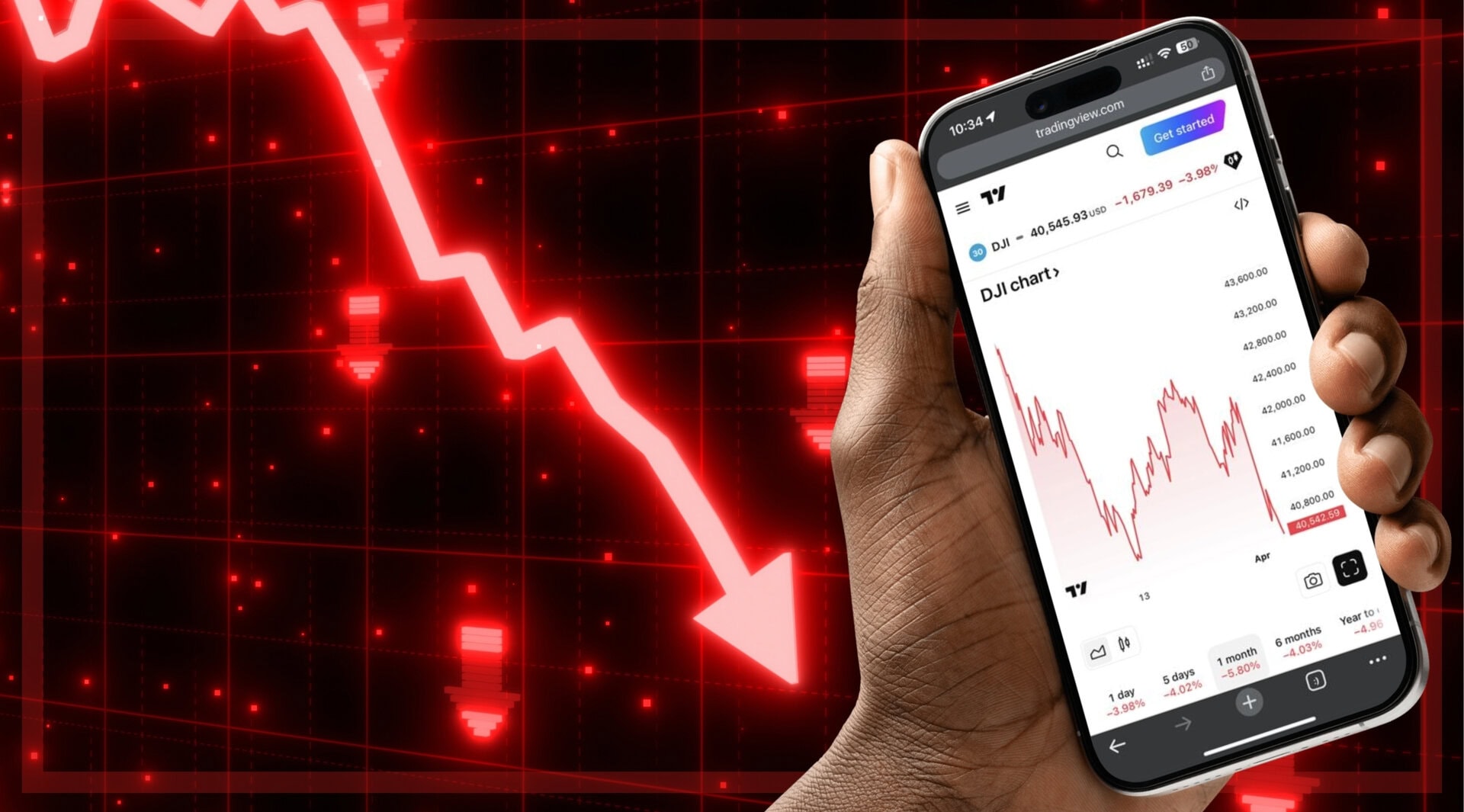On April 15, 2025, a power failure at an Amazon Web Services (AWS) data center froze withdrawals and trading on major cryptocurrency exchanges like Binance, KuCoin, and MEXC, rattling the $45 billion daily crypto market. The hour-long outage, from 12:40 A.M. to 1:43 A.M. PDT, exposed the fragility of centralized infrastructure underpinning fintech—a wake-up call for an industry built on decentralization.
This isn’t AWS’s first disruption. In December 2024, an outage in the us-east-1 region hit services like IMDb, while earlier incidents have disrupted financial markets, often due to human error or natural disasters. The latest failure, caused by simultaneous power losses in AWS’s primary and backup systems, affected 15 services, including Amazon WorkSpaces and CloudWatch. AWS’s Health Dashboard, under “Amazon Elastic Compute Cloud (Tokyo),” described it as “connectivity issues” resolved swiftly, but crypto users saw it differently.
Binance, the world’s largest exchange, suspended withdrawals, with some users reporting failed orders and erratic charts. “Due to a temporary network interruption in the AWS data center, some orders are failing,” Binance posted on X, assuring users their team was working with AWS. KuCoin’s CEO, BC Wong, confirmed a “brief disruption” but restored services within hours. Both emphasized user fund safety, yet the incident sparked outrage.
We are aware of an issue impacting some services on the #Binance platform due to a temporary network interruption in the AWS data center.
— Binance (@binance) April 15, 2025
Some orders are still successful, but some are failing. If users failed, they may keep retrying.
Our team is working closely with AWS to…
Just days earlier, Amazon CEO Andy Jassy’s annual shareholder letter touted AWS’s 19% revenue growth and its role as a backbone for innovation, from AI services like SageMaker to massive data center investments. “The faster demand grows, the more infrastructure we need,” Jassy wrote. Yet, this outage underscores the risks of that scale, with centralized systems vulnerable to single points of failure.
Centralized vs Decentralized
As Editor at Large for DisruptionBanking, I’ve tracked blockchain’s potential to transform markets, covering projects like Quant Token, Hedera, and more. This outage highlights a paradox: crypto champions decentralization, yet many exchanges rely on AWS, risking shutdowns. “Centralized infra = single points of failure,” one X post noted. Experts like Dr. Max Li, CEO of OORT, called it a “classic risk,” pointing to decentralized alternatives like Filecoin or Akash Network.
As we prepare for this year’s Point Zero Forum 2025, alongside an esteemed group of fintech leaders, I see this as a critical topic for our May 5-7 gathering in Zurich. Regulators, central bankers, and innovators will tackle blockchain, AI, and digital money—issues tied to infrastructure resilience. This outage is a stark reminder: to disrupt capital markets, fintech must embrace the decentralization it preaches.
The crypto community acted fast, with Binance and KuCoin back online swiftly. But the incident’s ripples linger, raising questions about building a resilient financial future. For an industry redefining markets, the path forward demands robust, distributed systems.
Author: Andy Samu
See Also:
Amazon CEO’s First Shareholder Letter Focuses on Innovation | DisruptionBank
What Does Nigeria’s Crackdown on Binance Mean for Crypto? | DisruptionBank
Follow: @DisruptionBank on X for more insights.














